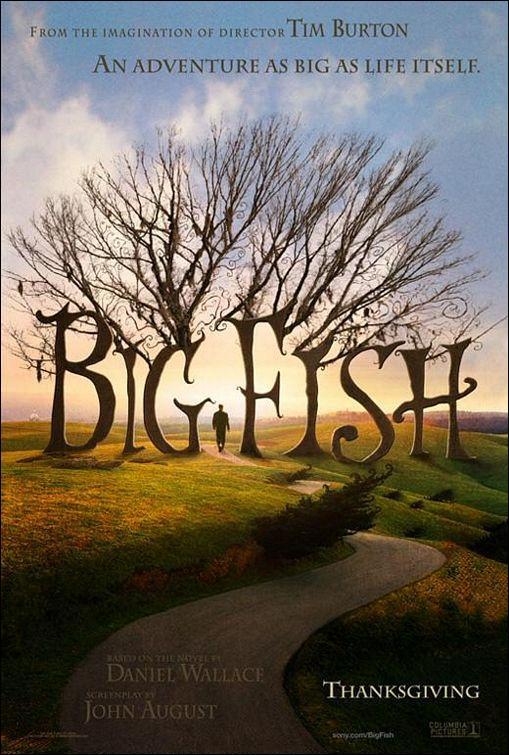International migration: the movement by people from one country to another with the intention of settling temporarily or permanently in the new location.
Hybrid/ mixed language: a language that arises through the fusion of usually two source languages, normally in situations of thorough bilingualism (Meakins, 2013), so that it is not possible to classify the resulting language as belonging to either of the language families that were its sources.
Technology transfers: the process of transferring skills, knowledge, technologies, methods of manufacturing, samples of manufacturing and facilities among governments or universities and other institutions to ensure that scientific and technological developments are accessible to a wider range of users who can then further develop and exploit the technology into new products, processes, applications, materials or services.
Outsourcing/offshoring: offshoring is the relocation, by a company, of a business process from one country to another—typically an operational process, such as manufacturing, or supporting processes, such as accounting. Even state governments employ offshoring. Outsourcing sometimes involves transferring employees and assets from one firm to another, but not always.Outsourcing is also the practice of handing over control of public services to for-profit corporations.
Brain drain: the emigration of intelligent, well-educated individuals to somewhere for better pay or conditions, causing the place they came from to lose those skilled people, or "brains."
Globalised trade: the exchange of capital, goods, and services across international borders or territories. In most countries, such trade represents a significant share of gross domestic product (GDP). While international trade has been present throughout much of history (see Silk Road, Amber Road, Salt road), its economic, social, and political importance has been on the rise in recent centuries.
Ecotourism: a form of tourism involving visiting fragile, pristine, and relatively undisturbed natural areas, intended as a low-impact and often small scale alternative to standard commercial (mass) tourism. Its purpose may be to educate the traveler, to provide funds for ecological conservation, to directly benefit the economic development and political empowerment of local communities, or to foster respect for different cultures and for human rights.
Human trafficking: the trade of humans, most commonly for the purpose of sexual slavery, forced labor or commercial sexual exploitation for the trafficker or others. This may encompass providing a spouse in the context of forced marriage, or the extraction of organs or tissues, including for surrogacy and ova removal. Human trafficking can occur within a country or trans-nationally. Human trafficking is a crime against the person because of the violation of the victim's rights of movement through coercion and because of their commercial exploitation.
Arms trafficking: also known as gunrunning. It is the illegal trafficking or smuggling of contraband weapons or ammunition. What constitutes legal trade in firearms varies widely, depending on local and national laws. Although arms trafficking is widespread in regions of political turmoil, it is not limited to such areas, and for example, in South Asia, an estimated 63 million guns have been trafficked into India and Pakistan.
The suppression of gunrunning is one of the areas of increasing interest in the context of international law.
Illegal drug trade: the exchange of illegal drugs for payment. The illegal drug trade is a global black market dedicated to the cultivation, manufacture, distribution and sale of drugs that are subject to drug prohibition laws. Most jurisdictions prohibit trade, except under license, of many types of drugs through the use of drug prohibition laws.A UN report has stated that "the global drug trade generated an estimated US$321.6 billion in 2003."
Rural-urban/urban-rural migration: rural-urban migration is a population shift from rural to urban areas, "the gradual increase in the proportion of people living in urban areas", and the ways in which each society adapts to the change. It predominantly results in the physical growth of urban areas. Urban-rural migration is the departure of people from cities to the countryside with the intetion to flee urban stress and pollution.
Relief organisations/Aid agencies: Organisations dedicated to distributing aid. Many professional aid organisations exist, both within government (AusAID, USAID, DFID, EuropeAid, ECHO), between governments as multilateral donors (UNDP) and as private voluntary organisations (or non.governmental organisations (Oxfam,ActionAid, Doctors without borders...). The international Commitee of the Red Cross is unique in being mandated by international treaty.
Student exchange programs: a program in which students from a secondary school or university study abroad at one of their institution's partner institutions. A student exchange program may involve international travel, but does not necessarily require the student to travel outside of his or her home country. For example, the National Student Exchange program (NSE) offers placements throughout the United States and Canada.
Global cities/ global cultural events: a global city is a city generally considered to be an important node in the global economic system. The concept comes from geography and urban studies and rests on the idea that globalization can be understood as largely created, facilitated, and enacted in strategic geographic locales according to a hierarchy of importance to the operation of the global system of finance and trade.
Global warmig: Gobal warming is the observed century-scale rise in the average temperature of the Earth's climate system and its related effects. Multiple lines of scientific evidence show that the climate system is warming.More than 90% of the additional energy stored in the climate system since 1970 has gone into ocean warming; the remainder has melted ice, and warmed the continents and atmosphere. Many of the observed changes since the 1950s are unprecedented over decades to millennia, and this change comes without a doubt from human activities.














.jpg)

